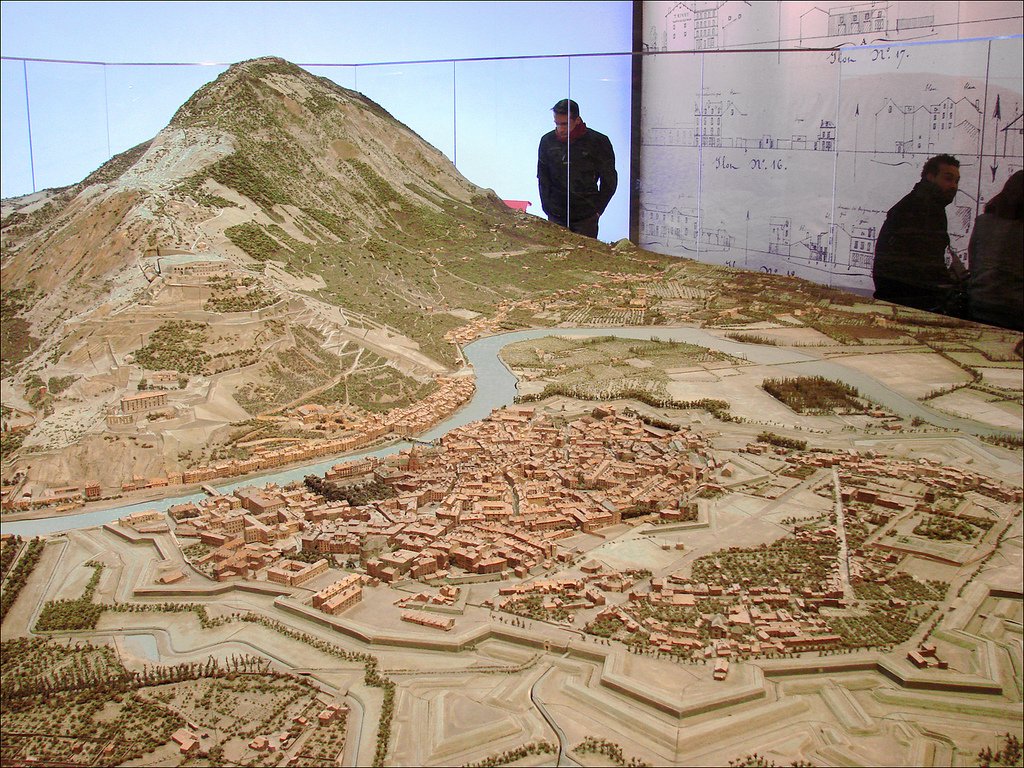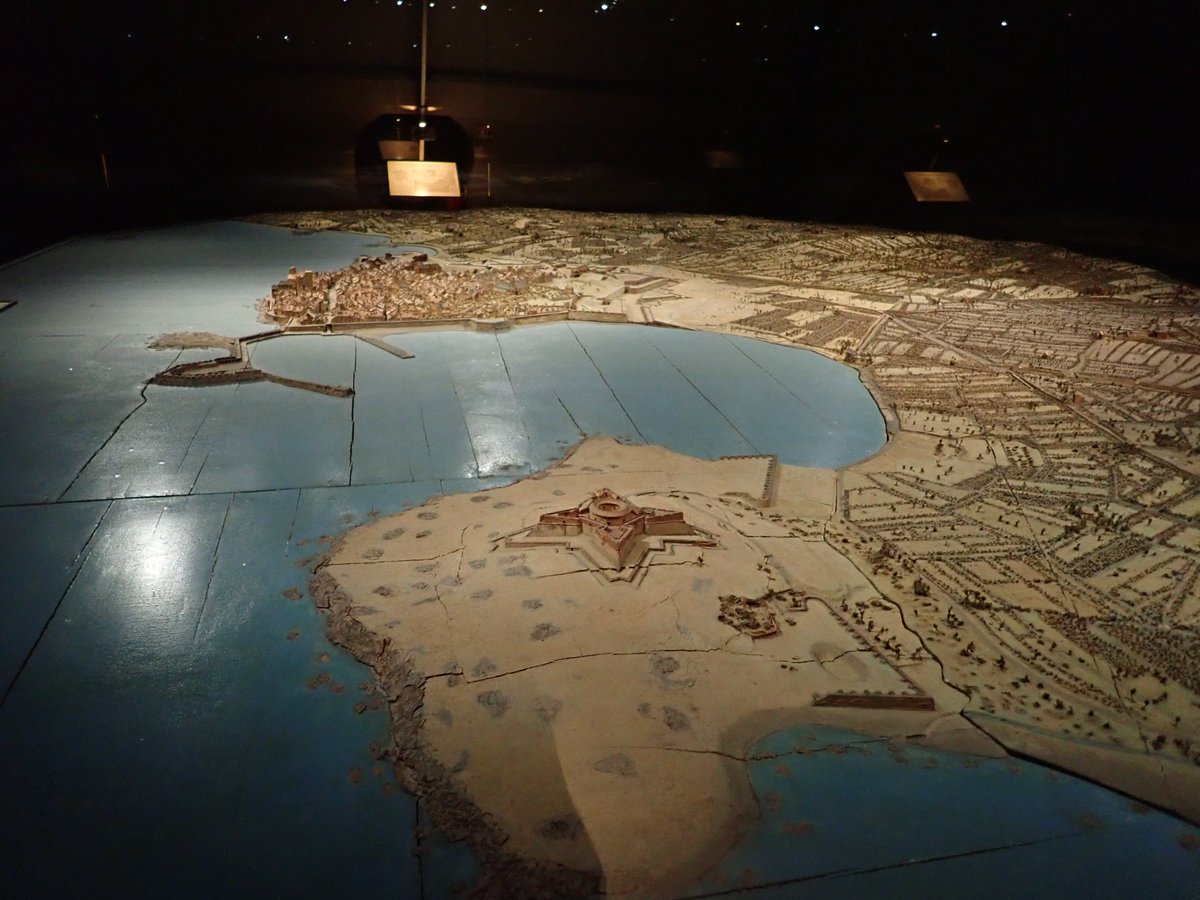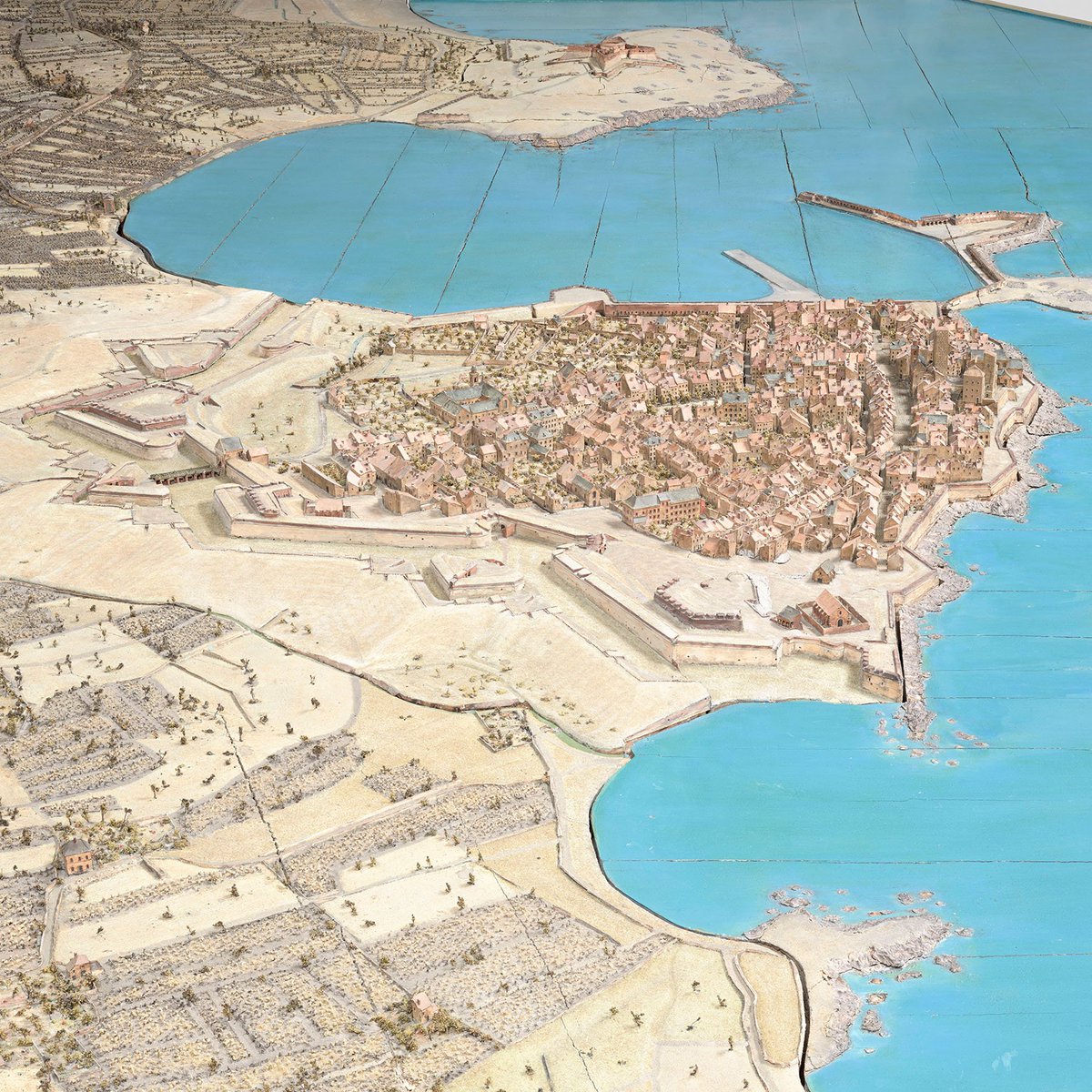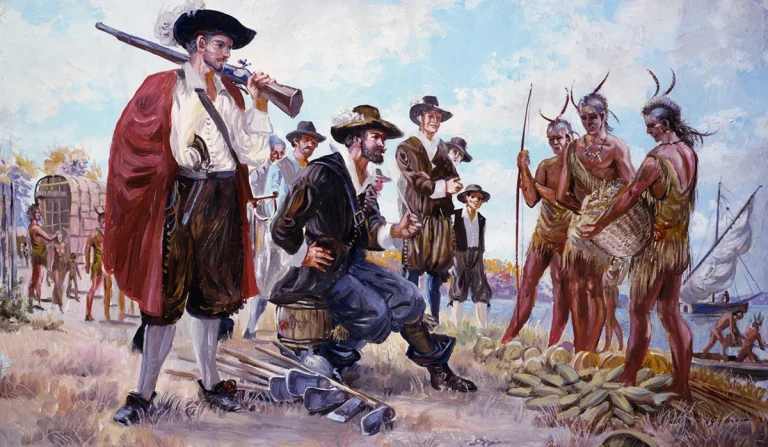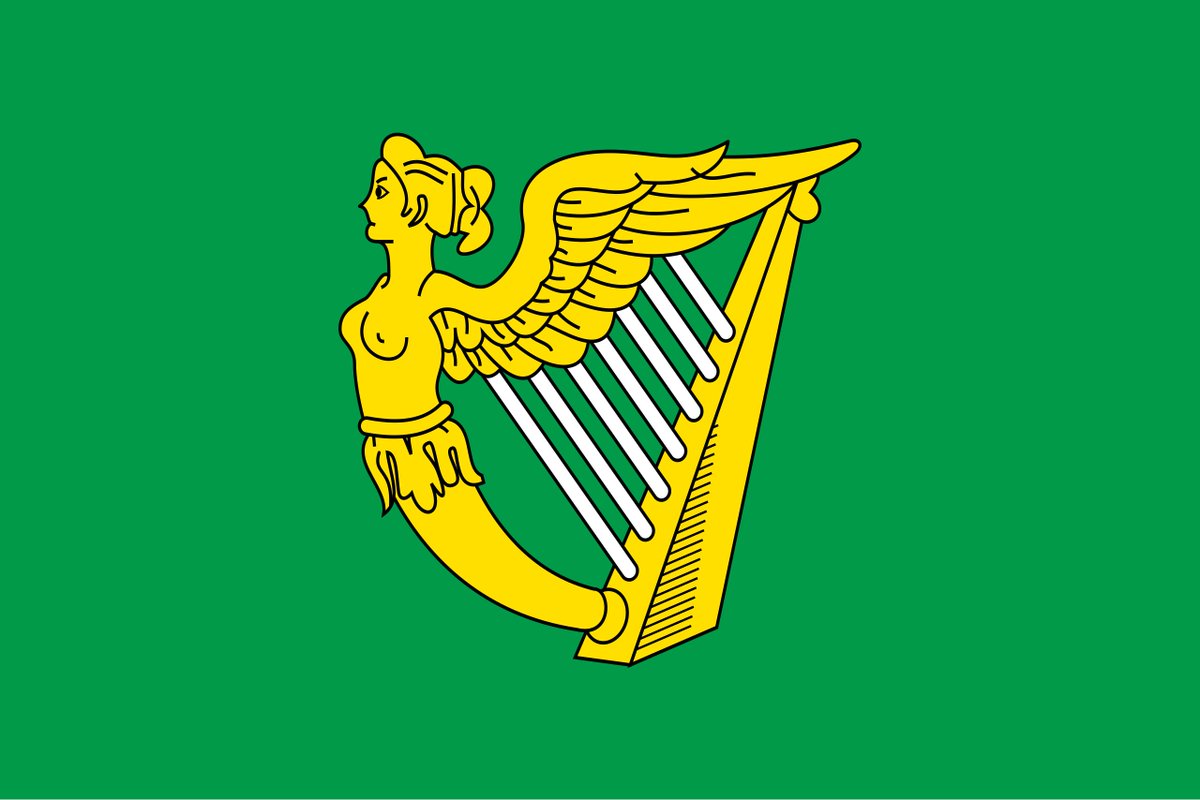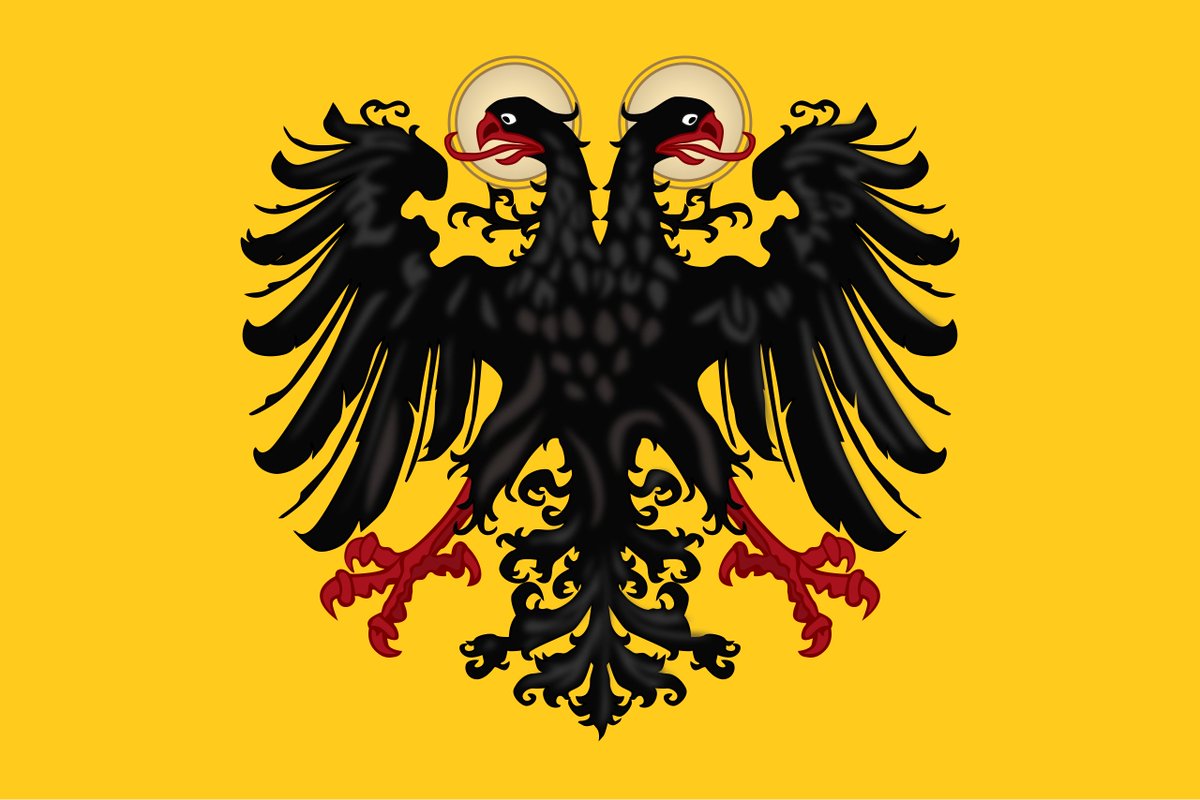I continue with the Habsburg-Ottoman wars. The siege of Szigetvár in 1566 was so important that Cardinal Richelieu called it "the battle that saved the Western civilization"! 3000 Croats and Hungarians led by Nikola IV Zrinski achieved immortal glory and died as eternal heroes! 

The small Christian garrison was facing a huge 100.000 men strong Mohammedan Ottoman force led by the mighty Sultan Suleiman the Magnificent. It was one of the largest armies he had ever commanded. His goal was to subdue the Habsburg ruled parts of Hungary and march on to Vienna. 

Nikola IV Zrinski, also known as Nikola Šubić Zrinski or Miklós Zrínyi, was a powerful nobleman of Kingdom of Croatia, a 58-year-old veteran warrior who had fought against the Ottomans all his life. After he raided the Ottoman camp at Siklós, the sultan wanted to eliminate him. 



The sultan marched at the well fortified citadel of Szigetvár which was divided by water into three sections: the old town, the new town, and the castle, each of which was linked to the next by bridges and to the land by causeways. Turks would have to conquer them one by one. 

Most importantly, the citadel was defended by a small but well prepared garrison of brave lions! The Hungarian and Croat warriors let the sultan know that they were eager to fight by decorating walls with red cloth as for celebration and firing a single cannon shot to greet him! 



Before the Ottoman assault started Zrinski swore an oath in front of his soldiers and civilians that he was going to fight until death and that he will never surrender. He ended his oath with "I shall rather suffer for better or worse, to live and die with you. So help me God!" 

The siege started with heavy bombardment which breached the walls of the new town. The Ottomans were able to take the new town but at great casualties of more than 3000 dead as the defenders fought fiercely before retreating in good order to the old town, suffering few casualties 



The old town was harder to conquer as the Ottomans needed 10 assaults to push the valiant defenders to the citadel, the last of the three parts of the city. Facing so many casualties already, sultan offered favorable terms of surrender to the defenders, but was firmly rejected! 

Zrinski rejected sultan's offer to make him a lord of entire Croatia under Ottoman vassalage.His honor was too important for him and his soldiers whom the Turks also tried to sway them by shooting arrows with letters in Croat and Hungarian promising to spare them if they gave up 



The Ottomans breached the walls of the citadel but delayed the final assault as the sickly 71-year-old sultan Suleiman died in his tent. This was kept secret by the leadership of the army, now led by the Grand vizier Sokollu Mehmed Pasha, so to not demoralize the Turkish men.
Zrinski knew that the end was close and instead of waiting for the Ottomans to assault the citadel, the decided to lead one final heroic charge at the enemy. First, he opened the gates of the citadel and shot at the enemy massed on the causeway with a huge mortar, killing many. 

Zrinski: "Let us go out from this burning place into the open and stand up to our enemies. Who dies – he will be with God. Who dies not – his name will be honoured. I will go first, and what I do, you do. And God is my witness – I will never leave you, my brothers and knights!" 

With these inspiring words Zrinski led the heroic final charge which pushed the Turks back to the old town until Zrinski and his remaining men were overwhelmed by thousands of janissaries. Zrinski was killed after being shot with two bullets and an arrow while leading the charge. 

Before leading the final attack, Zrinski ordered a fuse be lit to the powder magazine. The Ottoman Army fell into the trap and thousands perished in the blast when the castle's magazine exploded. They lost 20000-30000 men in this siege in what was a Pyrrhic victory for them. 

Suffering heavy casualties and with sultan dead, the Ottomans had practically no choice but to abandon campaign and return. While the Ottomans had conquered Szigetvár in the end, the price they paid was too high thanks to heroism of Zrinski and his brave Croat and Hungarian men.
The heroic 1566 last stand of Szigetvár, as well as successful defenses of Kőszeg (1532) and Eger (1552) prior to that, boosted Christian morale significantly. The Habsburg-Ottoman wars over territories of Kingdom of Hungary was a fierce epic conflict where every battle mattered!
I bring memories of these battles from Habsburg-Ottoman wars because Europeans should definitely know more about this conflict! So many heroic moments in this great clash of two empires, and so many illustrious warriors like Zrinski! Definitely one of my favorite eras of history.
• • •
Missing some Tweet in this thread? You can try to
force a refresh


